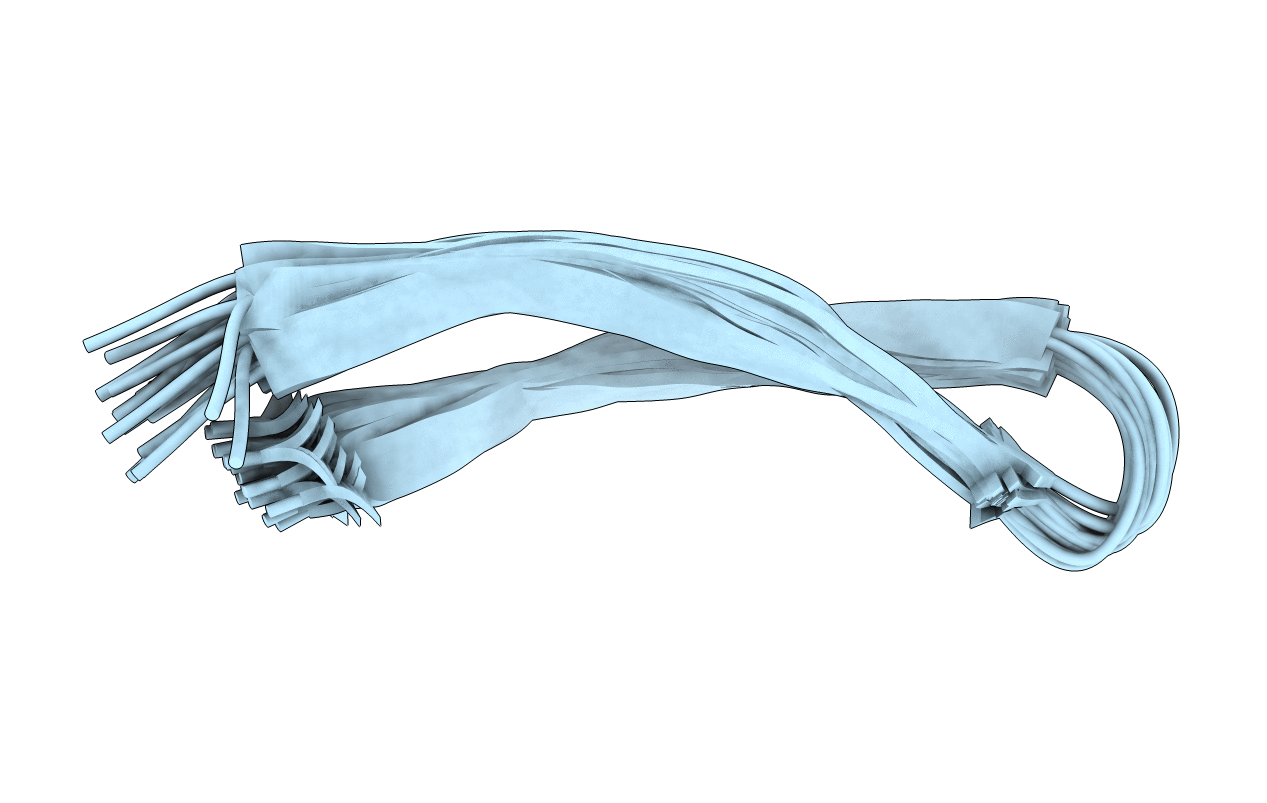
Deposition Date
2017-07-17
Release Date
2017-07-26
Last Version Date
2024-10-23
Method Details:
Experimental Method:
Conformers Calculated:
100
Conformers Submitted:
20
Selection Criteria:
structures with the lowest energy


